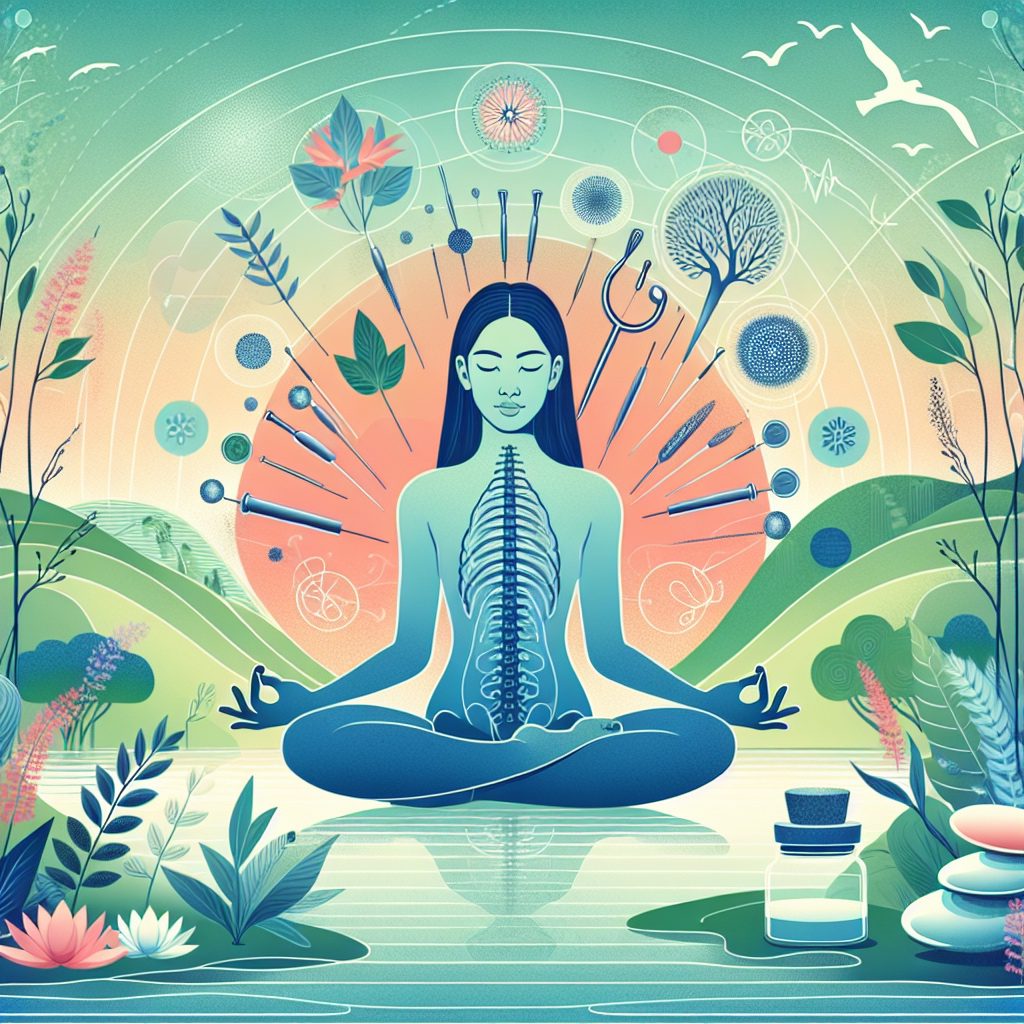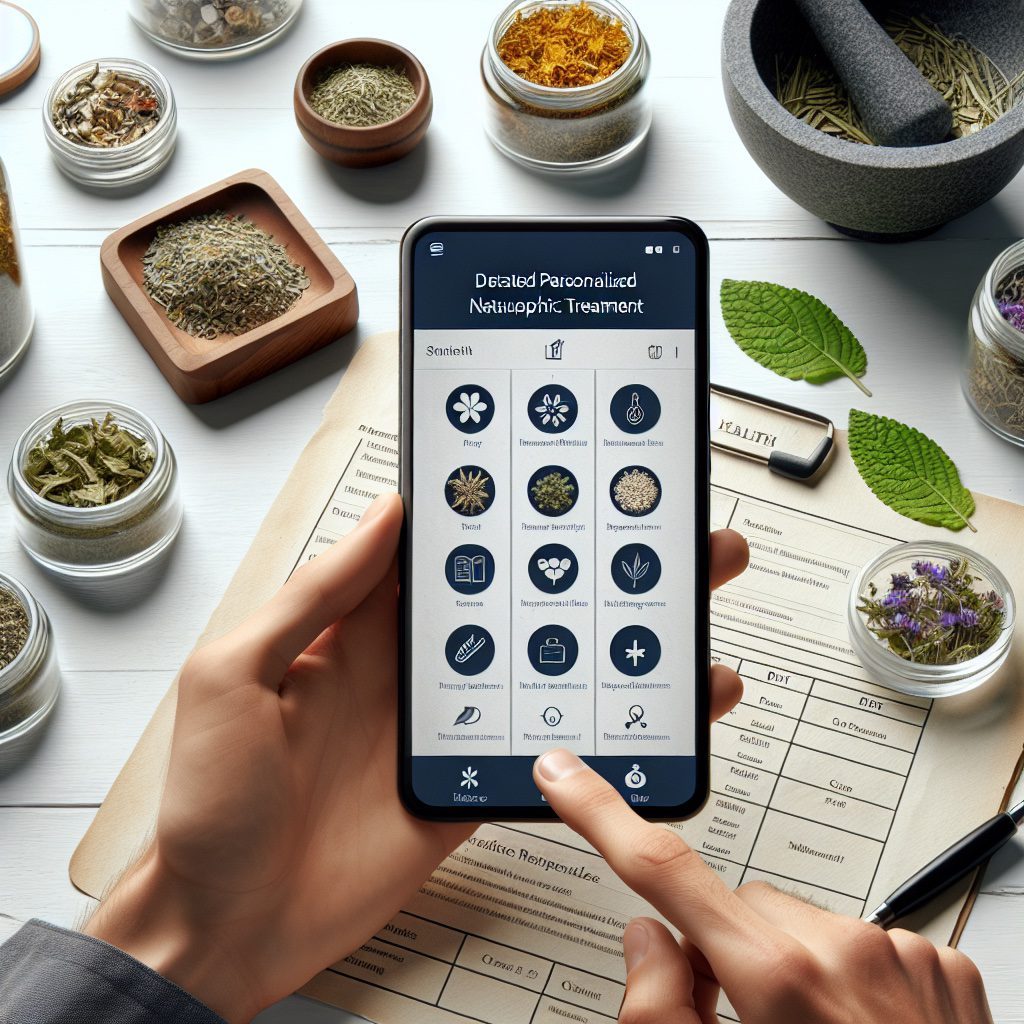In today’s fast-paced world, where stress seems unavoidable and time for self-care limited, the ancient practice of self-healing has gained renewed significance. Self-healing techniques—those time-tested methods that help us restore balance in our bodies and minds—are becoming essential tools for modern living. What’s particularly exciting is how Eastern wisdom, cultivated over thousands of years, is now converging with modern scientific understanding to offer us practical, effective self-healing methods that we can practice right at home.
The beauty of self-healing lies in its accessibility. You don’t need expensive equipment or specialized training to begin this journey. These practices empower you to take charge of your well-being using natural approaches that have stood the test of time. As Eastern healing philosophies teach us, our bodies possess remarkable regenerative capabilities when given the right conditions and support.
Meditation: The Foundation of Self-Healing
“Meditation is not a way of making your mind quiet. It is a way of entering into the quiet that is already there.” — Deepak Chopra
Meditation stands as perhaps the most scientifically validated self-healing technique from Eastern traditions. This practice of mindful awareness reduces stress and anxiety while enhancing emotional health. Modern research confirms what Eastern practitioners have known for millennia: regular meditation physically changes our brains, strengthening areas responsible for focus, compassion, and emotional regulation.
One particularly effective approach is Vishen Lakhiani’s 6 Phase Meditation, which offers a structured yet accessible entry point for beginners. This practice guides you through six transformative stages:
- Connection: Feeling unity with everything around you
- Gratitude: Appreciating what you have in your life
- Forgiveness: Releasing emotional burdens
- Envisioning Your Future: Creating a compelling vision
- Daily Intention: Setting purpose for your day
- Blessing: Sending positive energy to others
What makes this technique special is that it only requires 15 minutes of your day. As one practitioner described it, “The 6 Phase Meditation is a magic-making, joy-creating, productivity-inducing protocol that empowers you to get focused, find peace, and manifest your goals.“
The Therapeutic Power of Journaling
While meditation works with the mind through stillness, journaling harnesses the power of expression. This self-healing technique involves regularly writing down your thoughts, feelings, and experiences to process them consciously.
Journaling offers remarkable benefits for mental clarity and emotional processing. By externalizing your inner world onto paper, you create distance from overwhelming emotions and gain perspective on challenges. This practice acts as a form of self-therapy, allowing you to track patterns in your thinking and behavior.
To start a healing journaling practice:
- Set aside 10-15 minutes daily
- Write without judgment or censorship
- Consider prompts like “What’s weighing on me today?” or “What brought me joy?”
- Review entries periodically to identify patterns
Many find that journaling before bed helps clear mental clutter for better sleep—an essential component of the body’s natural healing processes.
Breathwork: The Bridge Between Mind and Body
Our breath forms a direct connection between conscious and unconscious functions in our body. Eastern healing traditions have long recognized breathing as a gateway to influencing our nervous system and overall health.
Simple breathwork techniques you can practice at home include:
Deep Diaphragmatic Breathing: Place one hand on your chest and another on your belly. Breathe deeply so that your belly expands while your chest remains relatively still. This activates the parasympathetic “rest and digest” system.
Box Breathing: Inhale for a count of four, hold for four, exhale for four, hold for four. Research shows this technique significantly reduces stress hormones in just a few minutes.
Alternate Nostril Breathing: A yogic technique that involves closing one nostril while breathing through the other, then alternating. Studies show this practice enhances focus and balances the nervous system.
Research indicates that consistent breathwork practice offers immediate and long-term benefits, including improved heart health, reduced anxiety, boosted mood, and enhanced immune function. A meta-analysis of randomized controlled trials demonstrated that breathwork interventions significantly reduced self-reported stress, anxiety, and depressive symptoms.
Movement as Medicine
“Movement is a medicine for creating change in a person’s physical, emotional, and mental states.” — Carol Welch
Physical activity isn’t just about fitness—it’s a powerful self-healing technique that Eastern wisdom has always emphasized. Movement practices like tai chi and yoga were developed not primarily for physical strength but for energy balance and inner harmony.
Even simple forms of exercise can become healing rituals:
- A mindful walk in nature
- Gentle yoga stretches
- Free-form dancing to release emotions
- Qigong movements to cultivate life energy
The mind-body connection activated through movement helps release tension stored in the body while stimulating the production of mood-enhancing neurotransmitters. One study found that just 20 minutes of movement significantly reduces inflammatory markers in the body—a key factor in many chronic health conditions.
Movement practices are particularly effective because they combine multiple healing elements: rhythmic breathing, mindful awareness, and the release of physical tension.
Art Therapy: Healing Through Creative Expression
Creative expression provides a powerful outlet for emotions that may be difficult to process verbally. Art therapy—whether through painting, drawing, sculpting, or crafting—offers a way to externalize inner experiences and gain new perspectives.
You don’t need artistic talent to benefit from creative expression. The healing happens in the process, not the final product. Simple activities like coloring mandalas (circular designs common in Eastern spiritual traditions) have been shown to reduce anxiety and create a meditative state.
Art therapy works by engaging different parts of the brain than logical thinking, allowing subconscious material to emerge and be processed. This aligns with Eastern philosophies that emphasize wholeness—integrating all aspects of ourselves, including those that lie below conscious awareness.
Try setting aside time weekly for unstructured creative play, approaching it with curiosity rather than judgment about the outcome.
The Power of Visualization
Visualization harnesses the mind’s incredible capacity to influence physical reality. This technique, used in both ancient Eastern practices and modern therapeutic approaches, involves vividly imagining positive outcomes or healing processes.
To practice visualization:
- Find a quiet space where you won’t be disturbed
- Close your eyes and take several deep breaths
- Create a detailed mental image of your desired state of health or goal
- Engage all your senses in the visualization
- Hold this image for 5-10 minutes daily
Neuroscience now confirms that visualization activates many of the same neural pathways as actually performing an action. This is why Olympic athletes and successful performers routinely use visualization to enhance performance. The evolution of healing practices from ancient traditions to modern approaches shows remarkable consistency in the power of visualization.
In the context of self-healing, visualization can strengthen your belief in your body’s capacity to heal and direct attention to areas needing care.
Setting Boundaries: The Invisible Shield
Setting healthy boundaries might not immediately seem like a self-healing technique, but it’s essential for preserving energy and preventing depletion. Eastern wisdom traditions emphasize the importance of energy conservation and management.
Boundaries protect your physical, emotional, and mental space from drains and intrusions. They’re not about shutting others out but about honoring your needs and limits.
Start by identifying areas where you feel consistently depleted or resentful. These feelings often signal boundary issues. Practice clear, kind communication about your limits, and remember that “no” can be a complete sentence.
As you develop stronger boundaries, you’ll likely notice increased energy and improved relationships, as authentic connections thrive on mutual respect for each other’s needs.
Sleep as a Healing Practice
“Sleep is the golden chain that ties health and our bodies together.” — Thomas Dekker
In Eastern medicine, quality sleep is considered fundamental to health and healing. Modern research confirms this wisdom, showing that during sleep, the body performs crucial repair processes, consolidates memories, and balances hormones.
Transform sleep into a deliberate healing practice by:
- Creating a consistent sleep schedule
- Developing a calming bedtime ritual
- Keeping your bedroom cool, dark, and free of electronics
- Using breathwork or meditation to prepare the mind for rest
Many find that incorporating elements from Eastern traditions, such as using lavender (known for calming properties) or practicing evening meditation, significantly improves sleep quality. Eastern mind-body wisdom offers profound insights into creating optimal conditions for restorative sleep.
Intuitive Eating: Nourishment as Self-Healing
Eastern healing traditions have always emphasized the connection between diet and wellness, viewing food as medicine. Intuitive eating brings mindfulness to our relationship with food, helping us tune into our body’s true needs.
This approach involves:
- Eating when hungry, stopping when satisfied
- Noticing how different foods affect your energy and mood
- Appreciating the sensory experience of eating
- Choosing foods that nourish rather than deplete
Unlike rigid diet plans, intuitive eating is a flexible practice that honors your body’s wisdom. It aligns with Eastern philosophy by promoting balance and moderation rather than extremes.
Earthing: Reconnecting with Nature’s Healing Touch
A simple yet profound self-healing technique is earthing—making direct physical contact with the earth by walking barefoot on grass, sand, or soil. This practice draws from Eastern understanding of our fundamental connection to nature.
Research suggests that earthing may reduce inflammation, improve sleep, and decrease stress by neutralizing excess positive charge in our bodies through the earth’s natural electrons.
Try spending 15-30 minutes daily with your bare feet on natural ground. Many report immediate sensations of calming and centering from this practice, which literally and figuratively grounds us in our natural environment.
Embracing the Self-Healing Journey
“The natural healing force within each one of us is the greatest force in getting well.” — Hippocrates
These diverse techniques offer multiple entry points to the practice of self-healing. You might find that some resonate more deeply with you than others—this is natural and reflects your unique constitution, something Eastern healing systems have always recognized.
The integration of Eastern wisdom with modern science gives us unprecedented opportunities to understand and apply these time-tested methods. Self-healing isn’t about rejecting conventional medicine but about activating our body’s innate capacity for balance and restoration.
As EASTCHI AI’s philosophy reminds us, the wisdom of traditional Eastern medicine, with its 2,000-year history, offers profound insights into maintaining wellness through natural means. When we combine this ancient knowledge with modern understanding, we empower ourselves to take an active role in our health journey.
By incorporating even one or two of these practices into your daily routine, you begin a powerful process of self-healing that honors both ancient wisdom and your body’s remarkable capacity for renewal. Remember that healing is not just about addressing specific problems but about cultivating overall balance and harmony—a principle that stands at the heart of Eastern healing traditions.




